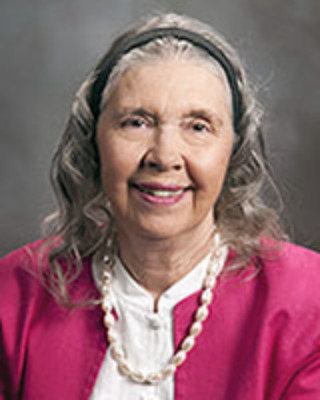Now published, see the full article 
Early Abstract:
Introduction: Adult onset diabetes is a significant health issue in rural communities that are disproportionally suffering from the health, social and financial costs of the disease. Despite this, over half of rural counties in the United States lack access to diabetes self-management programs, which are effective at improving diabetes management. The Cooperative Extension System is a nationwide education network that provides research-based information and programs in nearly 3,000 counties in the United States to improve the health and well-being of rural and urban communities. This study evaluated the implementation and outcomes of a lifestyle management program, Balanced Living with Diabetes (BLD) conducted by community-based educators that are part of the Cooperative Extension System in rural Virginia, to address the gap in diabetes education in these communities. BLD is grounded in social cognitive theory and has shown efficacy to modify dietary and physical activity behaviors resulting in improved glycemic control in people with type 2 diabetes.
Methods: The study evaluated the implementation and effectiveness of BLD programs conducted by Cooperative Extension in 16 rural counties over two years. Program adoption, reach, context, and barriers and facilitators to implementation were evaluated through program outcome data and Extension educator interviews. Program outcomes included change in weight, glycosylated hemoglobin (A1C), diabetes knowledge, self-management practices, diet and physical activity behaviors, and self-efficacy from baseline to 12-week assessment.
Results: Extension educators conducted thirty programs, reaching 290 residents, with a 58% mean retention rate. The program resulted in a significant increase in diabetes and food knowledge, fruit, vegetable, and whole grain intake, use of the plate method, exercise, and diabetes management self-efficacy. A1C decreased significantly in participants with diabetes (mean reduction=0.345±1.013; p=0.001). The program was conducted twice in eleven counties, and once in five counties. Barriers to program adoption in the five counties included limited community interest, competing program priorities of the Extension educator, and loss of Extension personnel to conduct the program. Participant communication materials and systems to enhance program sustainability were developed in response to educator feedback. Process evaluation indicated that the program was highly acceptable to Extension educators and program participants.
Conclusions: Cooperative Extension is an effective network for implementation of diabetes lifestyle-management programs in underserved communities, and the BLD program is effective at increasing lifestyle behaviors and self-efficacy that improves glycemic control in people with type 2 diabetes. Collaboration by Cooperative Extension with a variety of community partners, including healthcare and social service providers increases the reach and sustainability of Extension diabetes programs. The National Cooperative Extension System in the United States is well positioned to fill the gap in diabetes education in rural communities as part of a chronic care model.





